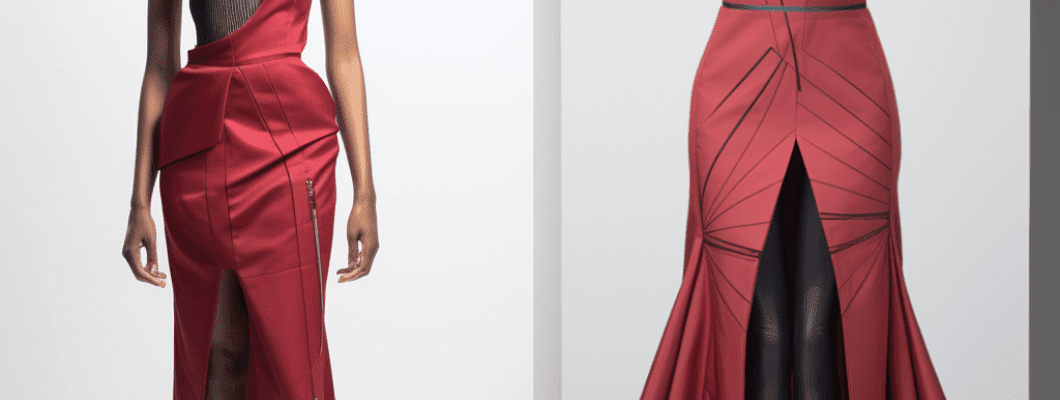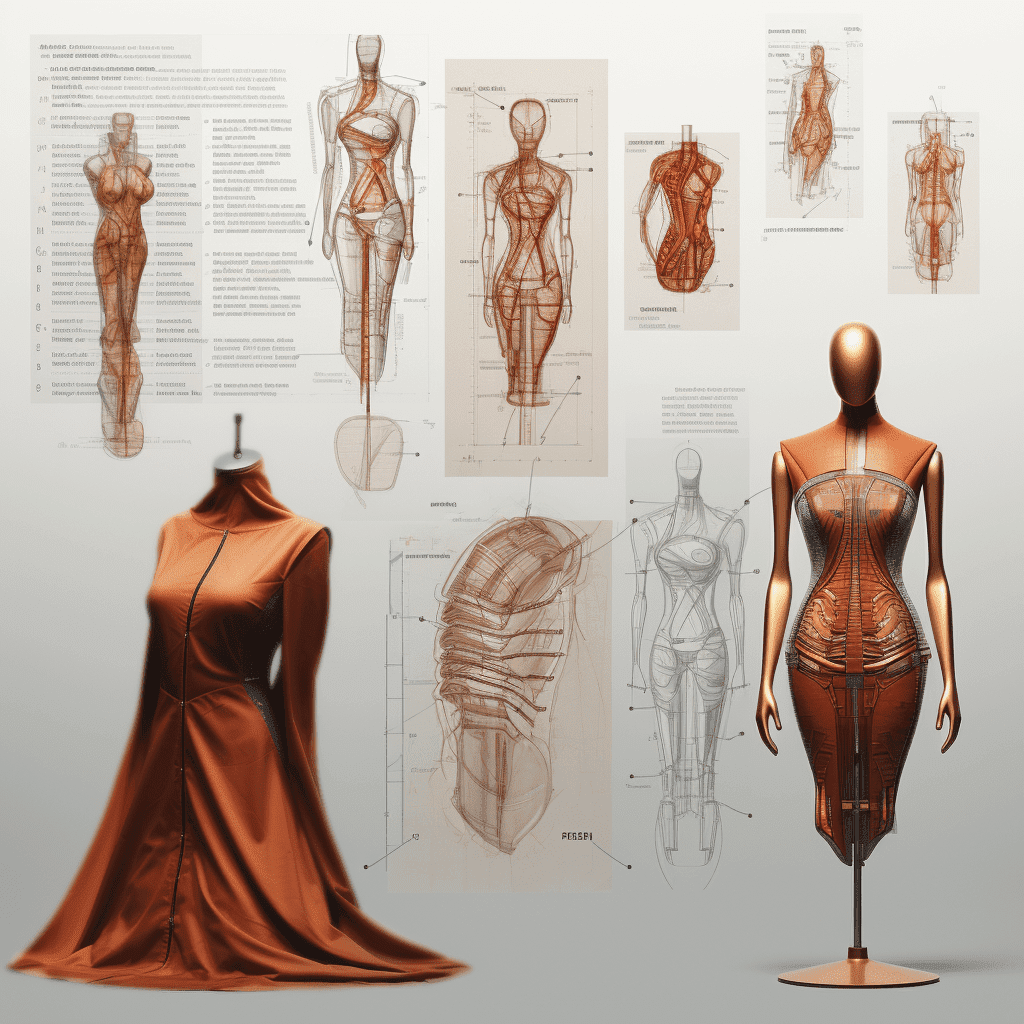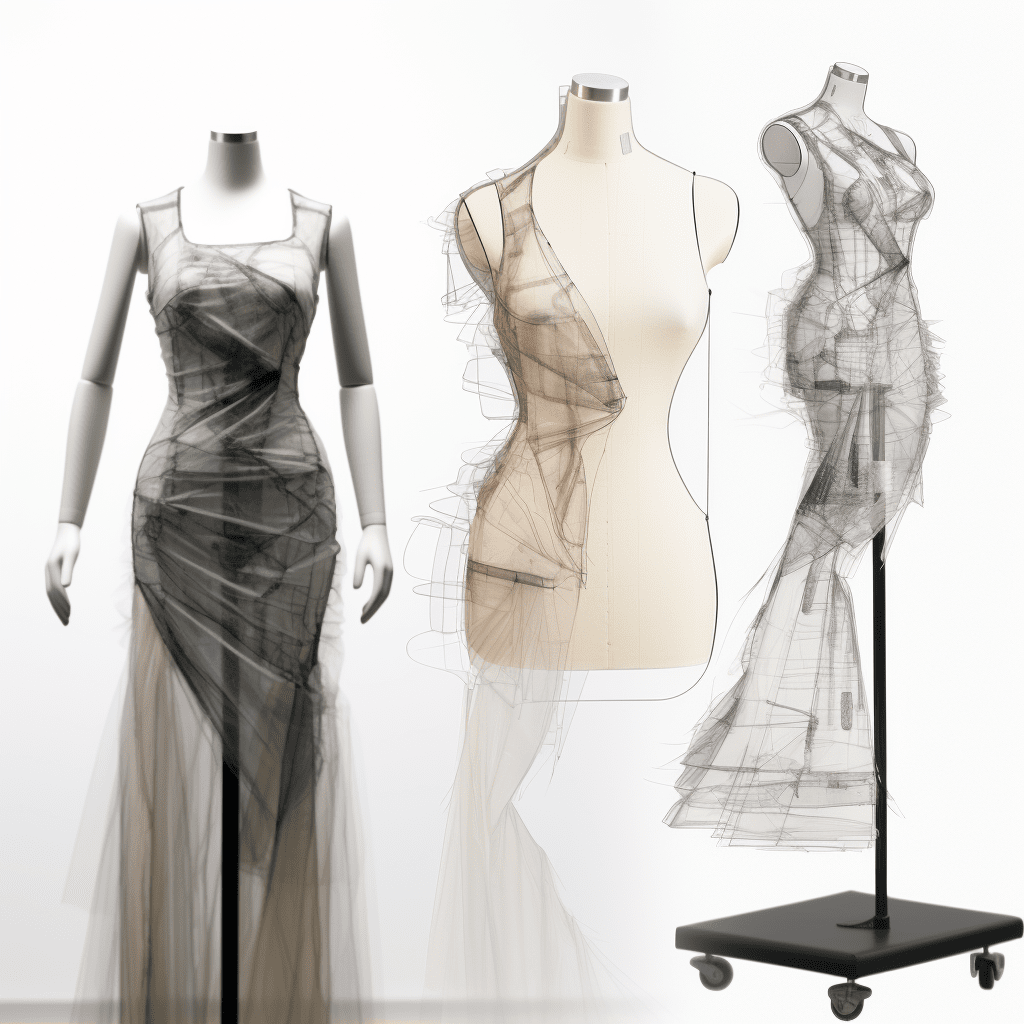
In the glamorous world of fashion, a garment’s fit is its unsung hero. While colors and designs capture eyes, it's the fit that often captures hearts—or loses them. For a brand, nailing the perfect fit can be a decisive factor in establishing a loyal customer base. If you've ever wondered why your favorite pair of jeans fit like a second skin, then you're about to delve into the intricate world of garment fitting and fit sign-off processes.
Understanding the fitting process is crucial not just for fashion designers but also for retailers, manufacturers, and anyone with a stake in the clothing industry. This procedure, often exhaustive and painstaking, ensures that the finished garments meet certain quality standards. But it doesn't stop there. A rigorous "fit sign-off" process is undertaken, a series of final checks and approvals that serve as the green light for mass production.

The Basics of Garment Fitting
Why Fitting Matters
Garment fitting is akin to the foundation of a building—get it wrong, and everything else is compromised. The fit defines how the fabric conforms to the body, affecting comfort, appearance, and even durability. Studies have shown that 64% of online returns occur due to fit issues, affecting both consumer satisfaction and a brand's bottom line.
Types of Fits and Their Implications
There are generally three categories of fits:
- Skinny or Slim Fit: This cut hugs the body tightly and is often used for jeans, t-shirts, and formal wear. However, it's crucial to understand the fabric's stretch and breathability to avoid discomfort.
- Regular Fit: A more relaxed style, allowing for greater movement and airflow. The fit is neither too tight nor too loose, and is usually the standard for everyday wear.
- Loose or Baggy Fit: These are designed for maximum comfort and are often used in athletic or leisure wear. However, a balance is needed to avoid a sloppy appearance.
Key Terminologies
Understanding fit involves grasping specific terminologies that are often used in the fashion industry:
- Ease: The extra room in a garment that allows for movement.
- Grainline: The direction in which the fabric is cut, crucial for maintaining the garment's shape.
- Drape: How a fabric hangs when it is worn.
- Silhouette: The outline or shape that a garment creates on the body.
By appreciating these basic components of fit, you're well on your way to understanding the nuanced process that ensures each garment complements its wearer in the most flattering way possible. The next step in this process involves converting a design into a usable pattern.
The Role of a Pattern Maker
Initial Sketches to Patterns
Once a design is conceptualized, the role of the pattern maker becomes central. Working closely with designers, these professionals translate abstract ideas into a concrete pattern that will serve as the blueprint for the garment. It's an intricate job that requires a deep understanding of fabrics, sewing techniques, and, of course, human anatomy.
Digital vs. Traditional Pattern Making
Traditionally, pattern making was a manual process, with measurements and cuts made on paper. However, modern technology has digitized this step, offering software that not only speeds up the process but also increases accuracy. Here are some pros and cons of each:
Traditional Pattern Making
- Pros: Greater tactile understanding, easier to make minor adjustments
- Cons: Time-consuming, prone to human errors
- Digital Pattern Making
- Pros: Faster, easier to share and store digitally
- Cons: Learning curve, less "personal" touch
A skilled pattern maker often employs a mix of both methods to achieve the most effective and accurate pattern.

The Prototype Stage
Fabric Selection and Initial Stitching
Choosing the right fabric is a step that can make or break a garment. Factors such as breathability, durability, and how well it takes on dyes and prints are all considered. Once selected, the fabric is then cut and stitched into an initial prototype. This first draft of the garment is essential for visualizing how the finished product will look.
Fitting Models and Adjustments
Before mass production, the prototype is tried on fitting models who closely represent the target consumer's size and body shape. It's at this stage that issues such as sagging, bunching, or tightness get flagged. Based on this feedback, adjustments are made to the pattern.
The prototype stage is often iterative, requiring several rounds of adjustments to achieve the desired fit. It’s a stage that demands patience, skill, and meticulous attention to detail.
Fitting Sessions and Trials
In-house Sessions vs. Virtual Sessions
The process of fitting has traditionally been an in-house affair. However, the digital age has introduced virtual fitting sessions, especially useful for remote teams and international brands. While in-house sessions offer the tactile experience of adjusting garments on the spot, virtual sessions provide the flexibility of involving decision-makers from different locations.
Common Issues and How to Fix Them
During the fitting sessions, several fit issues may arise. Here are some common ones:
- Sagging: Indicates excess fabric, requiring reduction in the affected area.
- Stretching: Shows the garment is too tight, necessitating an increase in dimensions.
- Gapping: Often found in button-up shirts, this suggests the need for pattern reconfiguration.
- Techniques like pinning, marking, and measuring are employed to tackle these issues on the fitting model. These adjustments are then meticulously documented for pattern correction.
Best Practices in Fitting Sessions
- Effective Communication: All stakeholders—designers, pattern makers, and fit technicians—need to communicate clearly and openly.
- Detailed Record-Keeping: Each adjustment, no matter how minor, must be documented for future reference.
- Multiple Fitting Models: Using more than one fitting model can help ensure a more universally flattering fit.
Fit Sign-Off Process
Who are the Decision-Makers?
The fit sign-off is the final seal of approval and involves several key players, such as the head designer, technical designer, and sometimes even retail buyers. Their collective approval signifies that the garment is ready for mass production.
Documentation Involved
Typically, a "Fit Comment Sheet" is utilized to record all the observations and adjustments made during the fitting sessions. This document serves as the official record and is crucial for accountability and future reference.
Importance of Communication Between Departments
Effective interdepartmental communication is vital at this stage. From the design team to the manufacturing unit, everyone must be aligned to ensure the final product meets the approved specifications.
The fit sign-off process is the culmination of various meticulous steps, each contributing to the final quality of the garment. Failing at this final step can result in costly errors, both in terms of finance and brand reputation.
Technology in Garment Fitting
3D Body Scanners
Technology has been a game-changer in achieving the perfect fit. 3D body scanners, for instance, can capture hundreds of measurements in seconds, offering a level of precision that is hard to match manually. Brands like Uniqlo and Zara have already started integrating such technology into their processes.
AI in Fit Analysis
Artificial Intelligence (AI) is another disruptive technology making waves. Machine learning algorithms can analyze body shapes and sizes, recommending adjustments for a broader range of body types. AI can even predict how a fabric will drape or stretch, offering data-backed insights for designers.
Challenges and Solutions
Common Pitfalls
Inconsistent Sizing: Different materials behave differently, making standardized sizing a challenge.
- Human Error: From miscommunication to incorrect measurements, human errors can lead to expensive mistakes.
- Complexity of Styles: As fashion trends evolve, the variety of styles increases, making the fit process more complex.
Ways to Streamline the Fit Sign-Off Process
- Automation: Digitizing as many steps as possible can reduce human error.
- Training: Regular training sessions can ensure everyone is up-to-date with the best practices in garment fitting.
Feedback Loop: Implementing a strong feedback mechanism from end-users can offer valuable insights for future designs.
Case Studies
Leading brands like Levi's, Nike, and ASOS have their own unique approaches to garment fitting and the fit sign-off process:
- Levi's: Known for their iconic jeans, Levi's invests heavily in research to offer a wide range of sizes and fits. Their pioneering use of 3D body scanning technology has set industry standards.
- Nike: They employ a mix of traditional craftsmanship and modern technology, like AI, to achieve the perfect fit in athletic wear.
- ASOS: This online retailer has successfully implemented virtual fitting rooms, using AR (Augmented Reality), allowing customers to try before they buy.
Conclusion
From initial sketches to the final sign-off, the journey of a garment is fraught with complexities. Achieving the right fit is an intricate ballet of art and science, traditional craftsmanship and modern technology. As we've seen, each stage of the process is crucial, and missing the mark at any step can lead to costly mistakes. But when done right, the payoff is immense: a garment that not only looks good but feels like a second skin to the wearer.
Understanding and mastering the fit sign-off process are essential for any brand aiming for success in the highly competitive fashion industry. After all, in a world where customer loyalty is hard to come by, offering the perfect fit could be your golden ticket.









